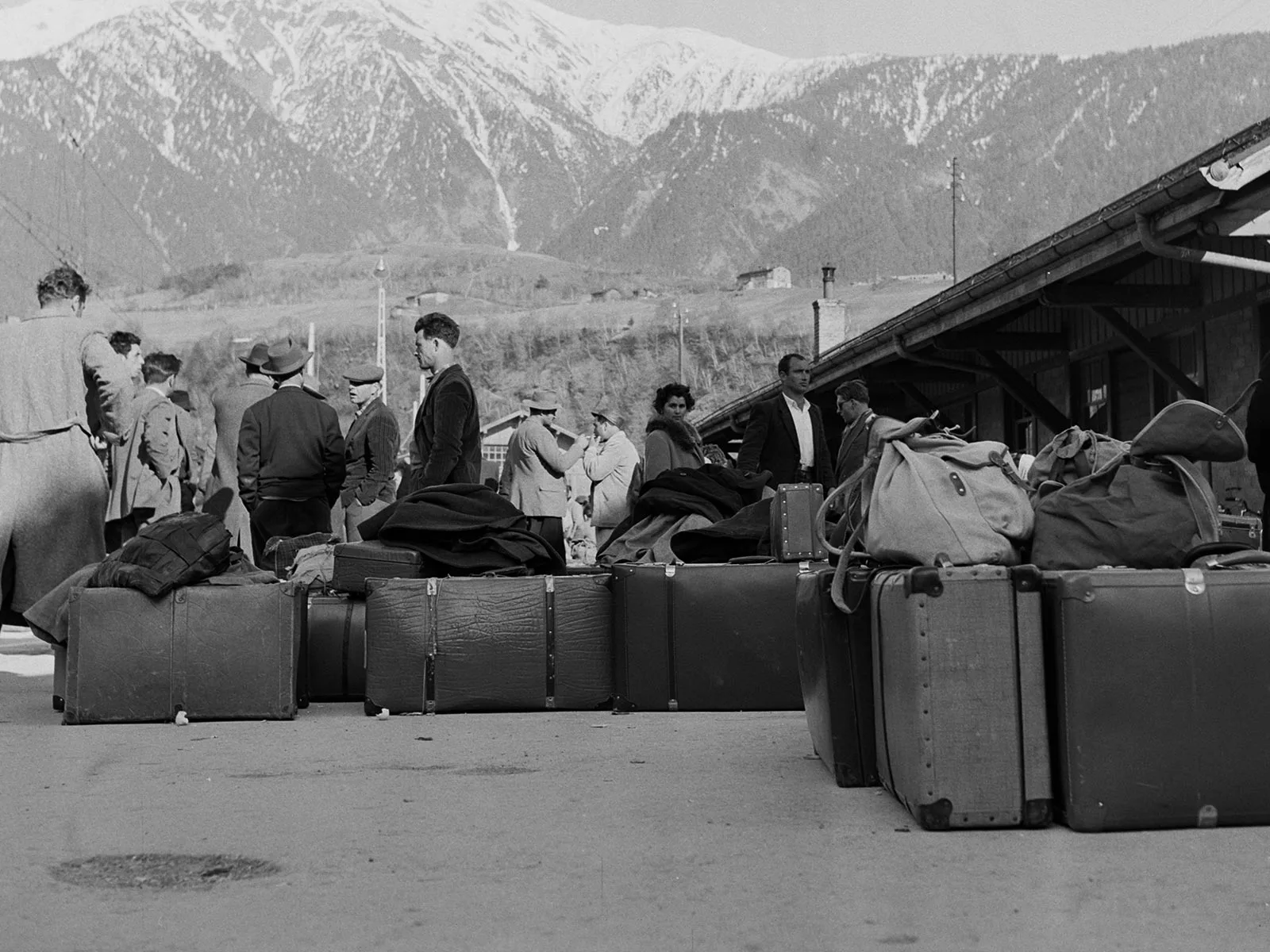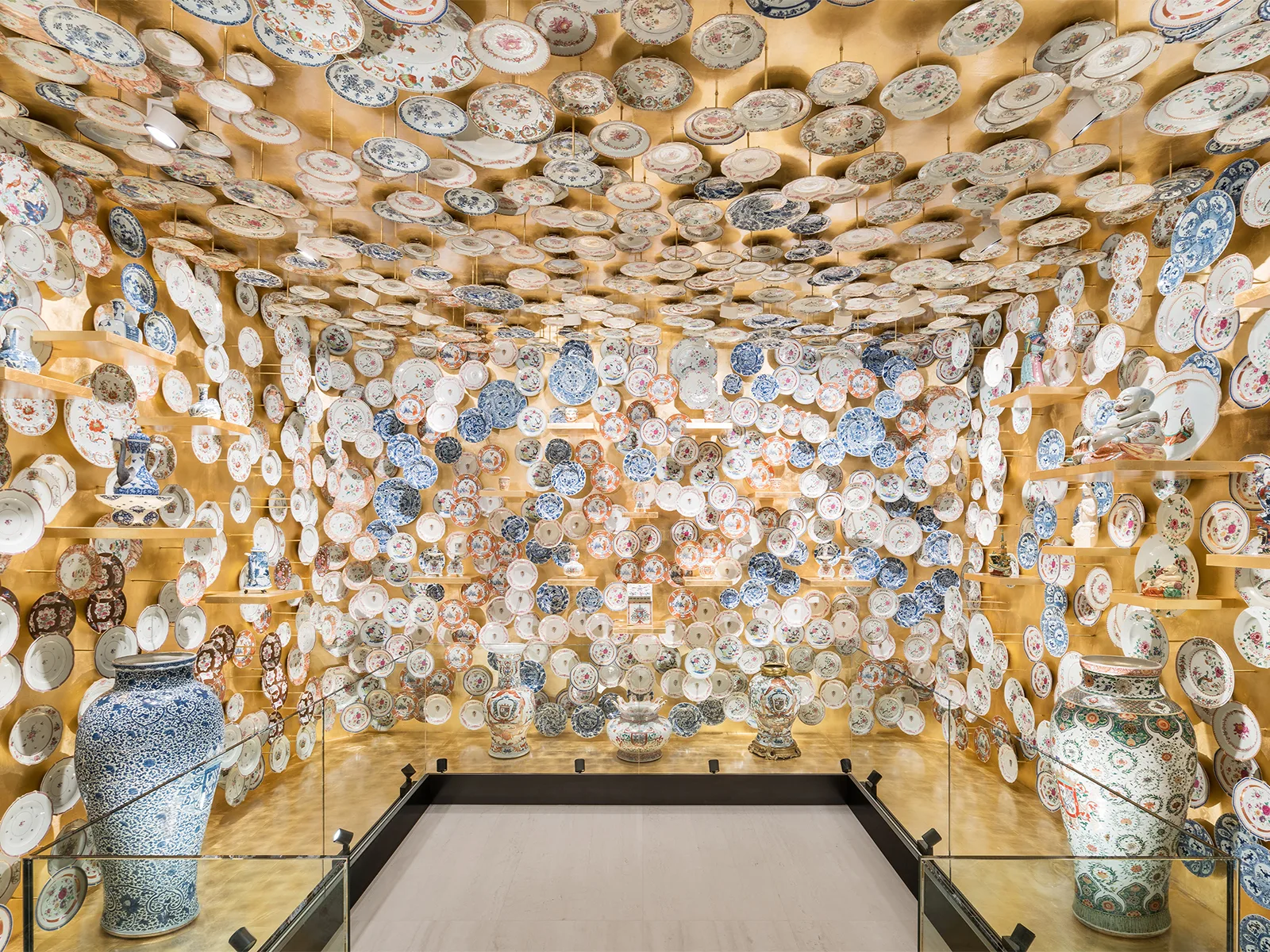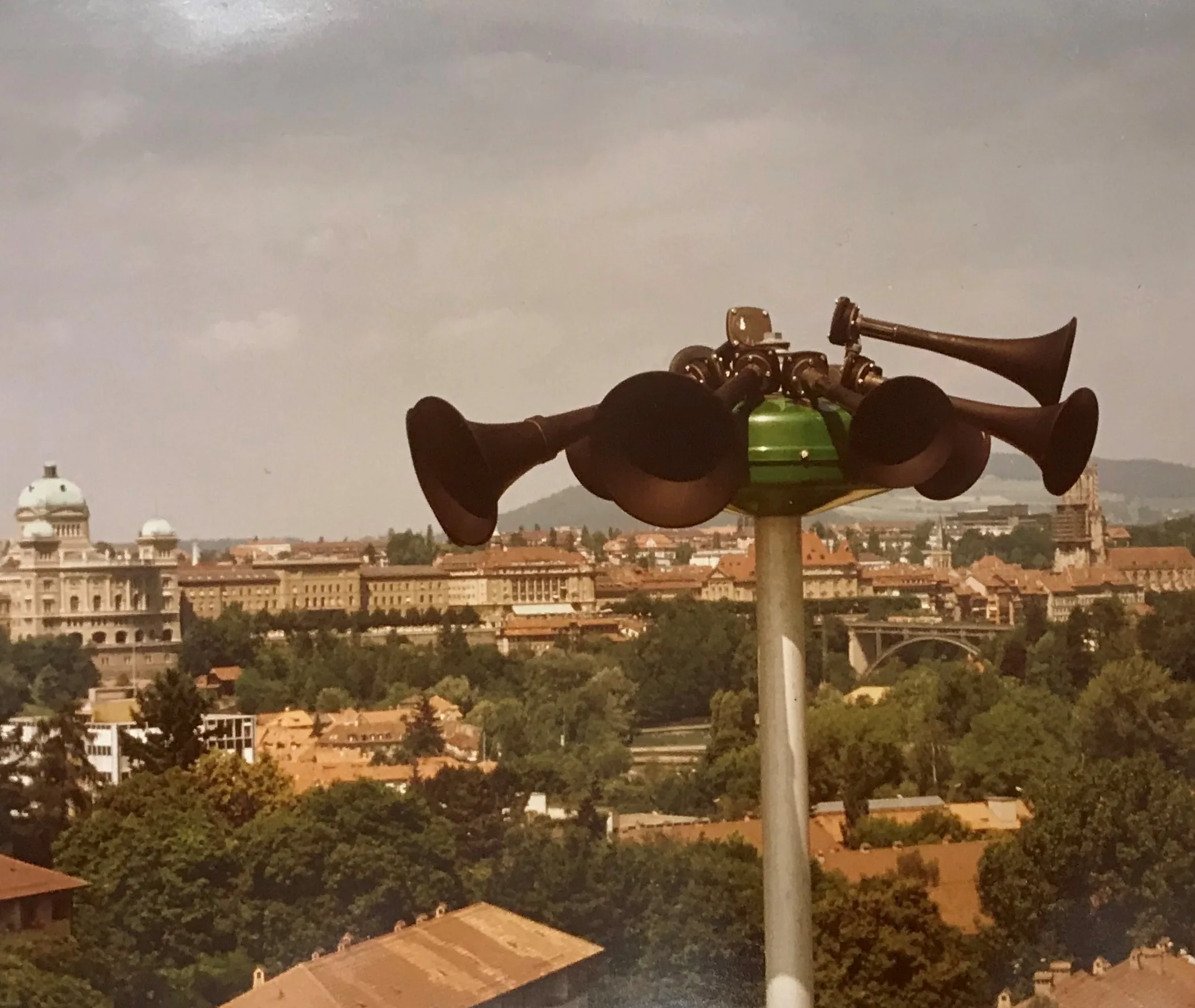
Switzerland: the reluctant host of Italian guest workers
In the 1960s, Switzerland faced a dilemma regarding its Italian guest workers: their labour was desperately needed, their presence in society less so...



TV documentary on the Schwarzenbach initiative of 1970 (in German). YouTube / SRF



